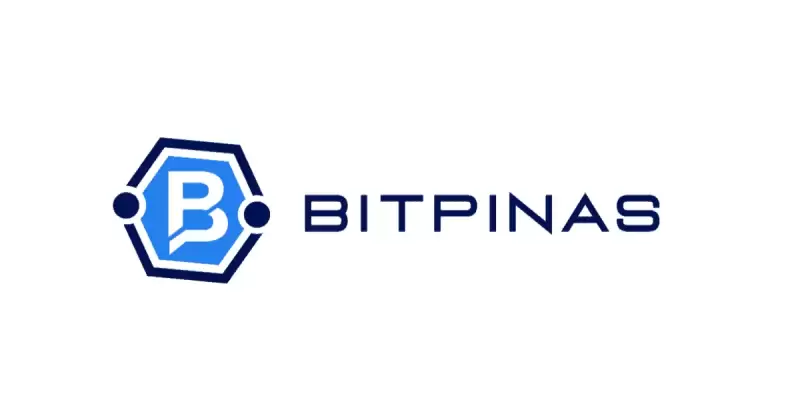 |
|
 |
|
 |
|
 |
|
 |
|
 |
|
 |
|
 |
|
 |
|
 |
|
 |
|
 |
|
 |
|
 |
|
 |
|
Cryptocurrency News Articles
The Bank of Korea (BOK) has decided to take an active role in shaping South Korea's regulatory framework for stablecoins.
Apr 22, 2025 at 05:00 am
This move comes as the central bank grows increasingly concerned about the risks these digital assets may pose to the country's monetary and financial systems.

The Bank of Korea (BOK) is taking an active role in shaping South Korea's regulatory framework for stablecoins as the central bank becomes increasingly concerned about the risks these digital assets may pose to the country's monetary and financial systems.
Unlike traditional cryptocurrencies, stablecoins keep the same monetary qualities as regular currency since they link to established currencies like the U.S. dollar. Because of this, the BOK predicts that stablecoins will threaten to destabilize the monetary policy framework of South Korea.
"Stablecoin adoption as a widespread form of daily payment reduces the bank's capacity to prevent inflation while conducting interest rate management. This situation could limit how much control the central bank has when managing economic conditions," explained the BOK in a report on November 7.
Moreover, the BOK takes a strong interest in potential financial instability that could arise. Unregulated stablecoins would pose several financial risks to the system. A rapid deterioration in the belief in stablecoin value can trigger massive fund withdrawals from the system.
Any sudden withdrawal of funds could lead to a financial crisis that would disrupt the entire banking system. Various operational risks exist, including faulty reserve management along with cyber dangers and system malfunctions that generate downstream effects. When widely adopted stablecoins face failure, it could potentially affect the overall economy.
As stablecoins become more popular they have the potential to deteriorate the efficiency of South Korea's present payment system infrastructure. Stablecoins becoming the primary payment method would lead to system division, which would decrease the effectiveness of current payment structures. According to BOK's assessment, digital payments need a safe and cohesive management framework.
In response, the BOK has decided to join South Korea's second phase of digital asset legislative development. The second phase extends the provisions defined in the Virtual Asset User Protection Act from its July 2024 adoption.
New financial laws will add detailed instructions for stablecoins while demanding greater service provider openness and enhancing security measures for listing tokens. The implemented measures provide user protection and enhance the organization of the current digital market expansion.
At the same time, South Korean authorities implemented additional monitoring capabilities to scrutinize stablecoin activities that happen across country borders. The Ministry of Economy and Finance revealed in October 2024 that it would establish regulations for these transactions based on foreign exchange standards. This regulatory approach includes U.S. dollar-based stablecoins among other types of tokens. Authorities demonstrate their focus on digital asset movement between the nation and the outside world by taking on a vigilant monitoring approach.
Meanwhile, the BOK continues advancing work on its central bank digital currency (CBDC). The implementation of a second testing phase for the CBDC program will commence in October 2025. The trial run will examine peer-to-peer deals between banks and retailers and regular users. The Bank of Korea conducts this investigation to develop a better understanding of digital currency operations in actual economic environments.
The Bank of Korea is actively regulating stablecoins because stablecoins have emerged as a financial risk in the digital asset space. The BOK’s regulatory approach toward new financial technology will set an example for international standards that countries use to address similar digital challenges. The Bank of Korea is developing a stable financial future through ongoing stablecoin regulation and central bank digital currency implementation efforts.
Disclaimer:info@kdj.com
The information provided is not trading advice. kdj.com does not assume any responsibility for any investments made based on the information provided in this article. Cryptocurrencies are highly volatile and it is highly recommended that you invest with caution after thorough research!
If you believe that the content used on this website infringes your copyright, please contact us immediately (info@kdj.com) and we will delete it promptly.
-

-

-

- Circle is launching a new global payments system that will streamline cross-border bank transactions
- Apr 22, 2025 at 12:45 pm
- According to a press release on Apr. 20, the Circle Payments Network connects banks, fintech firms, digital wallets, and other financial institutions to enable real-time, cross-border transactions using regulated stablecoins like USD Coin (USDC) and EURC (EURC)
-

- Coinbase Derivatives Launches CFTC-regulated Futures Contracts for XRP, Opening the Door for a Spot XRP ETF
- Apr 22, 2025 at 12:45 pm
- Coinbase Derivatives, LLC has launched CFTC-regulated futures contracts for XRP, adding to the growing list of crypto derivatives available under U.S. regulatory oversight.
-

-

-

-

-





























































